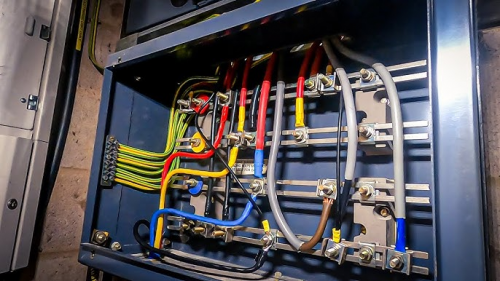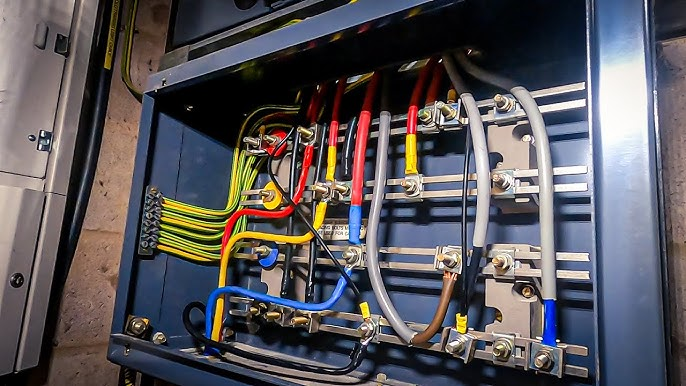The busbar, a metal strip or rod-shaped structure, plays a key role in transmitting electricity from the source (such as a transformer or generator) to various electrical loads. It provides the necessary connection points for electrical equipment such as circuit breakers, fuses, switches, etc. These devices are either installed directly on the busbar or tightly connected to the busbar by means of bolts, clamps, etc. The busbar creates a low-resistance path for the smooth flow of current, effectively reducing the loss of electrical energy. In some application scenarios, the busbar also plays a role in regulating the system voltage by establishing a stable electrical connection between different components.

The main materials used to make busbars are copper and aluminum. The high electrical conductivity and good corrosion resistance of these two metals make them ideal choices. Busbars have a variety of shapes and configurations, such as flat, rectangular and even tubular, to meet different application requirements and current carrying capacity. Its large surface area design helps to efficiently dissipate the heat generated during the operation of the current.
Busbars are widely used in distribution boards, switch cabinets, panels and other power distribution systems. They are an indispensable part of the power infrastructure, helping to achieve safe and efficient power distribution in various environments such as buildings, industrial facilities, machinery and equipment, transportation, data centers, etc. Although power distribution systems and technologies are changing with each passing day, busbars still maintain their indispensable position due to their high efficiency, reliability and wide range of uses.
In terms of standards, busbars follow standards such as UL ratings, IEC 60050, etc., depending on their type and configuration. In terms of materials, in addition to copper and aluminum, brass is also used. At the same time, in order to improve contact resistance, plating technology is also applied to the busbar. Busbar materials usually have a certain hardness to support their own weight, but in the face of complex environmental factors such as thermal fluctuations, magnetic influences, vibrations, especially in high-current systems, thinner and more flexible busbars are required. These busbars use braided or copper wires and are embedded in plastic or epoxy resin substrates.
When designing the system, full consideration should be given to the thermal expansion of the busbar due to ohmic heating and changes in system or ambient temperature. Some busbars are also wrapped in insulation or mounted on insulating brackets to improve safety. As for voltage carrying capacity, it varies depending on the application. In extremely high voltage environments, radio frequency interference will be generated at the busbar connection, so appropriate measures should be taken during design to reduce such interference and the resulting power loss.
Busbars are used in a wide range of applications, covering multiple industries such as automobiles, power distribution, telecommunications, data centers, and industrial machinery.










